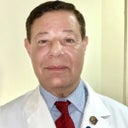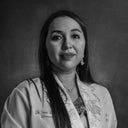Prominent nasolabial folds can be influenced by various factors, including age, genetics, skin quality, and previous cosmetic procedures. Here are some considerations that might help you understand the changes you are observing:

